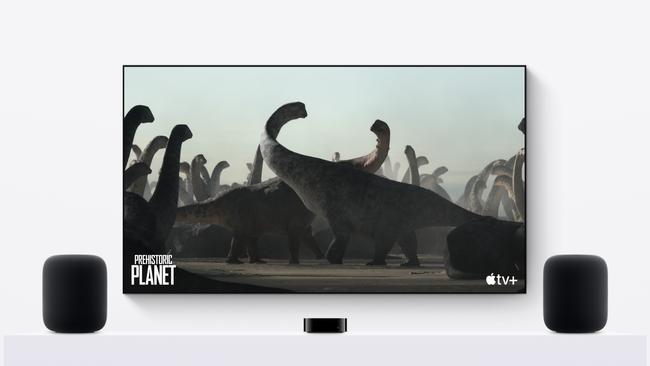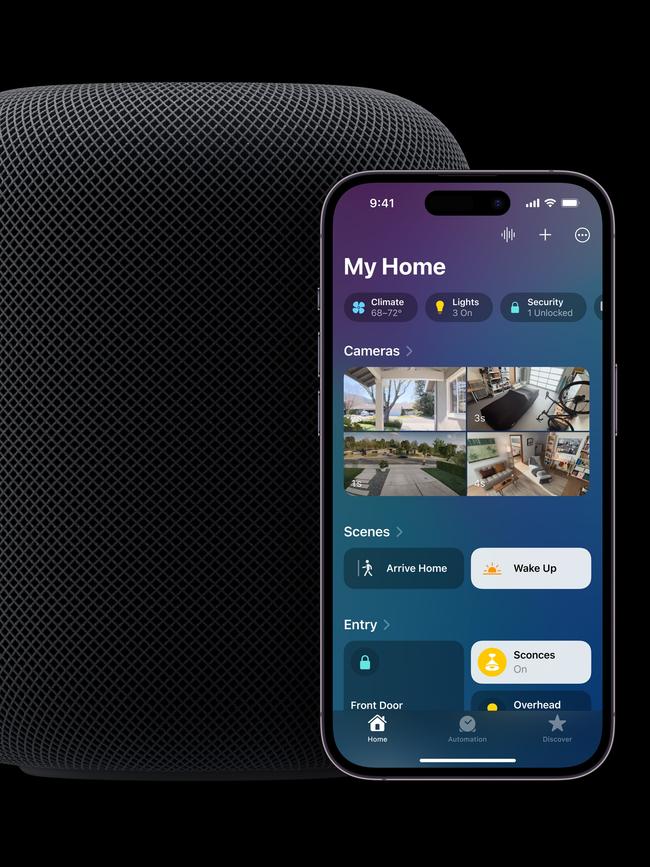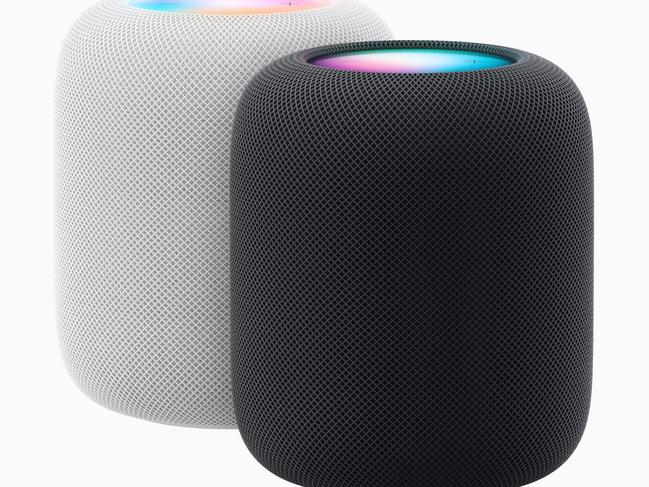Apple’s new HomePod knows what you have in your house
The new HomePod isn’t just a smart speaker, it doubles as a soundbar, temperature sensor, fire alarm service and a secret agent that adjusts sound depending on your furniture.

What sounds does a chair make? How about a window?
If your answer was none, you’d be wrong. And technology companies are increasingly deploying devices into your home that are capable of recognising the objects you have around your bedroom, living room and kitchen.
This technology exists inside Apple’s second generation HomePod, the company’s second attempt over the past few years at a device which costs close to double that of competitors Amazon and Google.
Apple’s new device measures sound reflections in real time using a microphone and then processes them using AI and algorithms which it uses to determine where to distribute some bass, some treble and even the sound of a crowd cheering or clapping. The device does this via the same S7 chip found in Apple watches.
The feature wouldn’t be that exciting on a smart speaker alone but set up in a stereo pair and connected to Apple TV via a television’s eARC (Enhanced Audio Return Channel) HDMI port, the device can be used as a sound bar. And that is when the ability to disperse sound in different directions gets fun.

Spatial audio is one of the key features Apple is spruiking with the new HomePod. The feature is great at higher volumes but at lower volumes, it’s a bit like your partner shouting something out to you from upstairs while you’re down in the kitchen washing dishes – slightly inaudible background noise.
At higher volumes, it’s quite the immersive experience and enhances the experience of listening to songs recorded live.
As always there is a sweet spot and it could take some time to determine the best placement of the speakers to learn where that is.
It’s worth noting that not all music works with the spatial audio feature. Apple has curated a playlist called ‘Made for Spatial Audio’ in Apple music.
When it comes to bass, it’s as good as it gets in a small speaker. The device uses a bass EQ microphone which Apple says can tune its bass output in real time.
As a smart speaker, the device can answer all the usual prompts as well as personal requests. There is some confusion among other devices when making a Siri request while multiple HomePods are in the same room as your mobile.
During testing of two HomePods and the Apple TV 4K, both devices lit up as requests were made; however responses only came from one device.
Apple says voice requests including personal requests never leave the customer’s home and that it is only requests for music and streaming services which are processed in an Apple server.

As for personal requests, including asking Siri to read a new message, these only work if a mobile is connected to the same Wi-Fi network as the HomePod.
One of the most impressive features is actually a safety feature. The HomePod can listen for both smoke and carbon monoxide alarms and notify a user’s iPhone.
This feature competes directly with Google’s smart smoke alarm the Nest Protect which notifies family members when smoke or carbon monoxide is detected.
HomePod also has a built-in temperature and humidity sensor which can be used to turn on smart fans or airconditioning when the temperature reaches a certain level.
The verdict? At $479 it’s a rather expensive entry in the smart speaker market but for anyone who’s been eyeing a sound bar that can do a lot more than increase the audio performance of their home, this could be it.







To join the conversation, please log in. Don't have an account? Register
Join the conversation, you are commenting as Logout